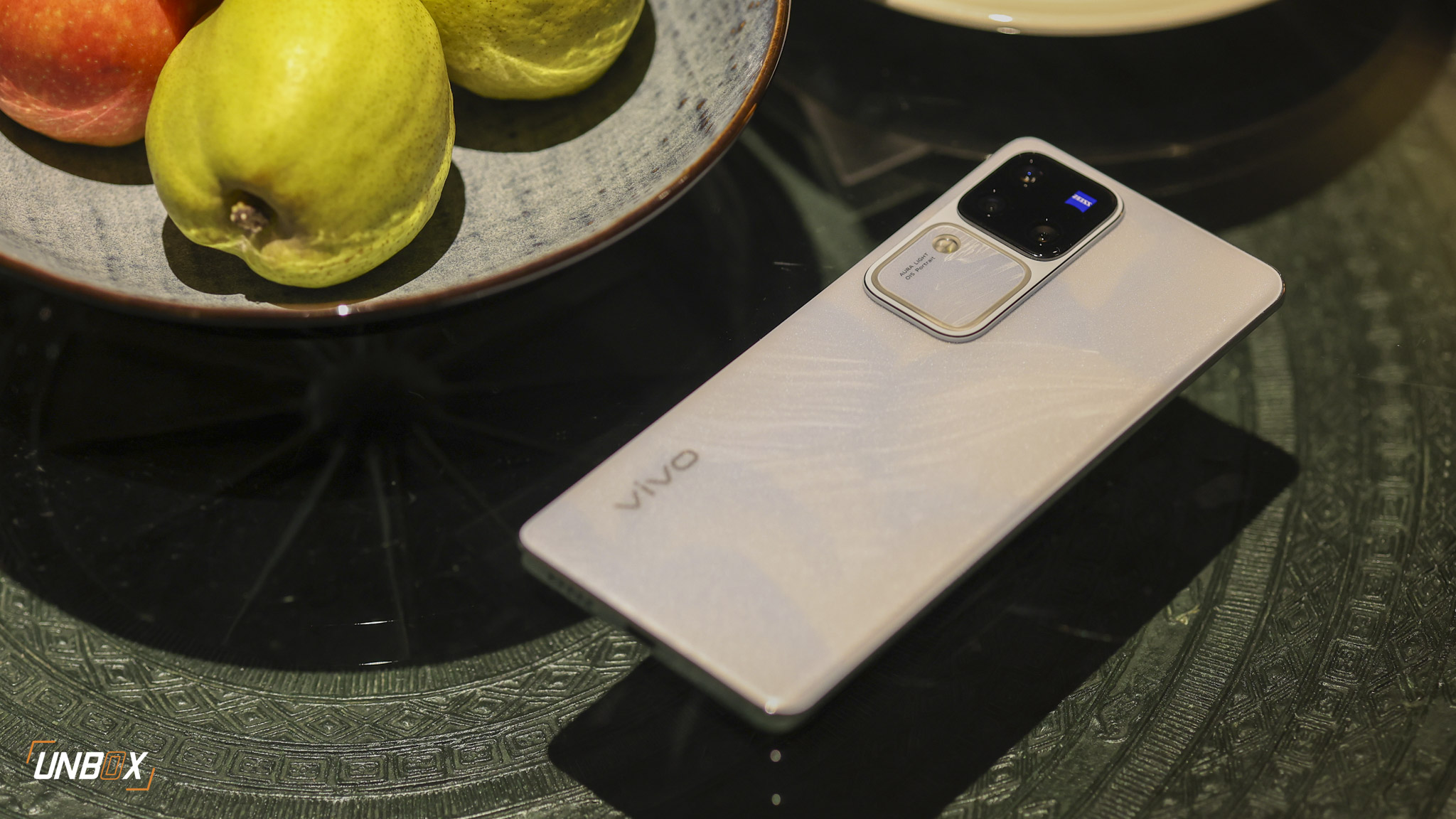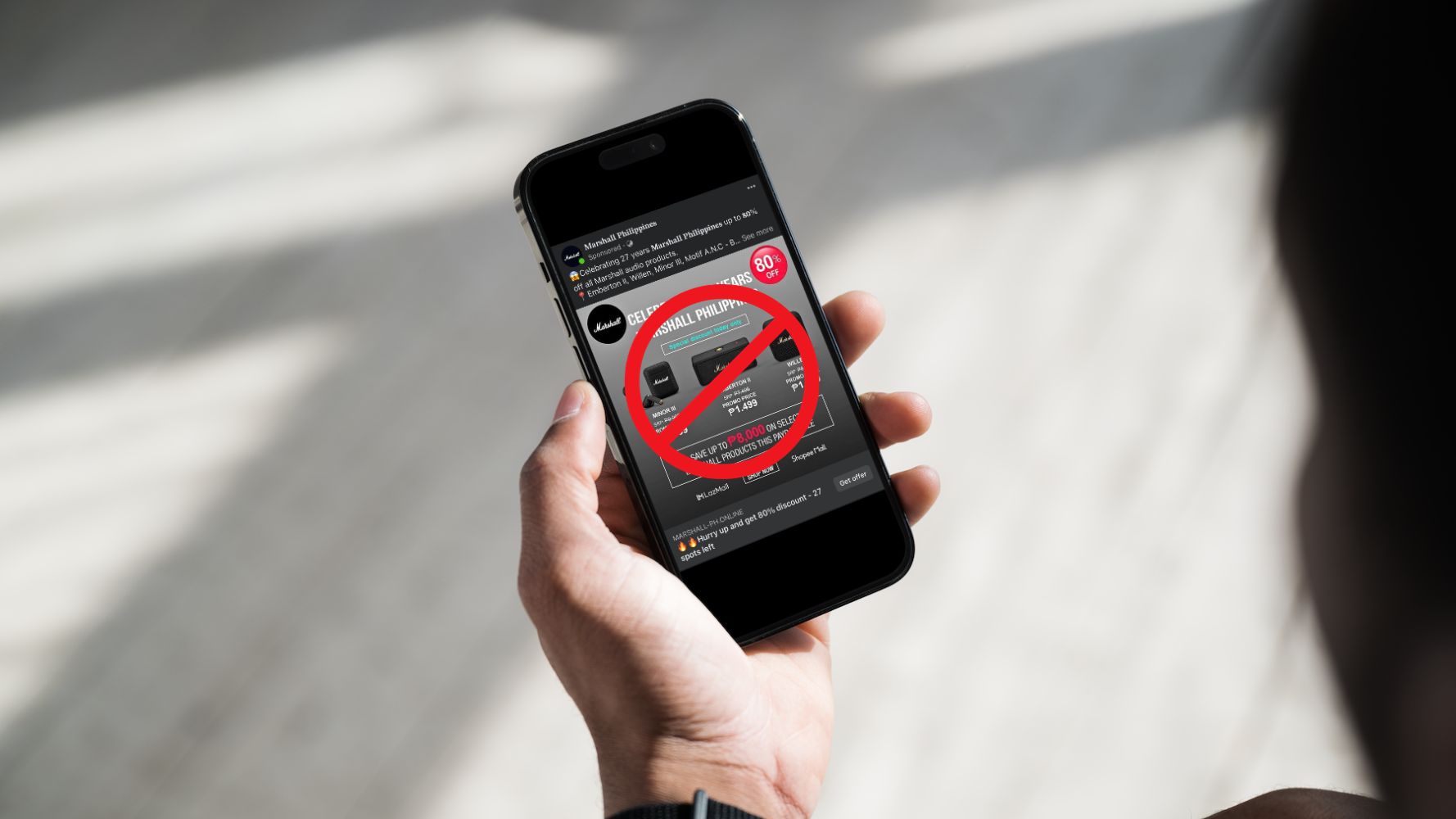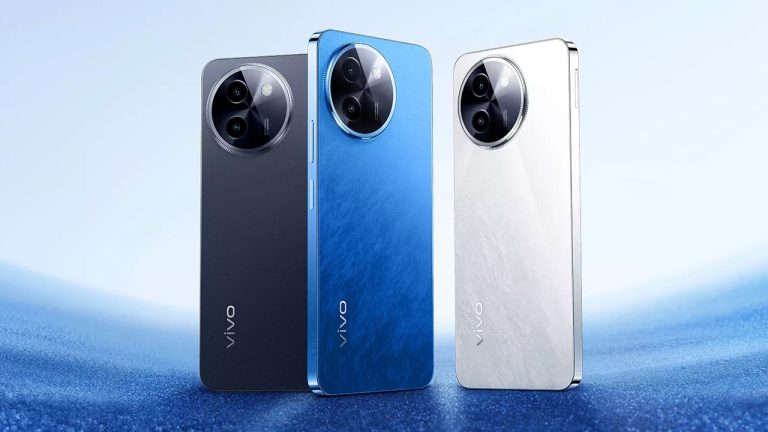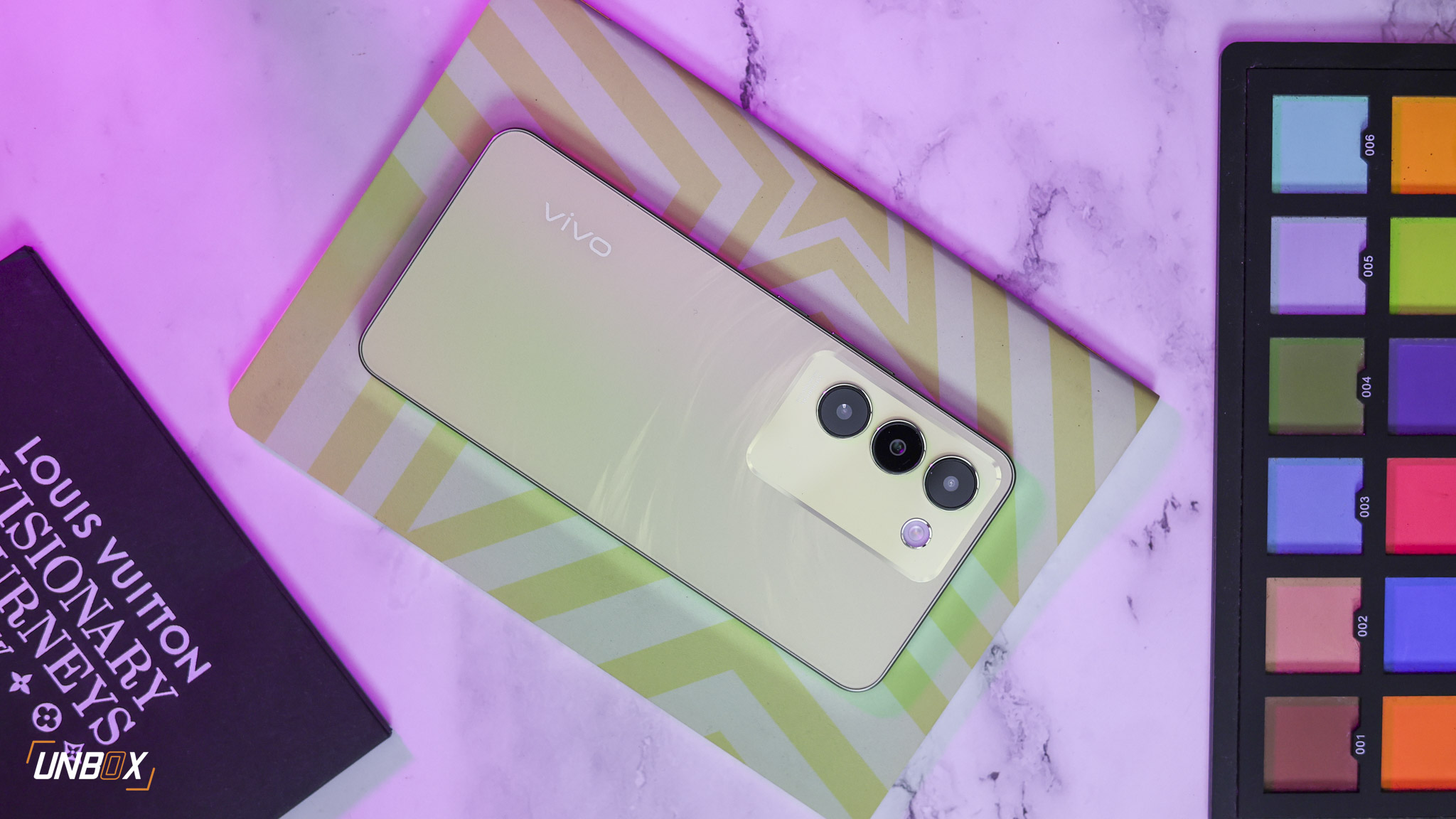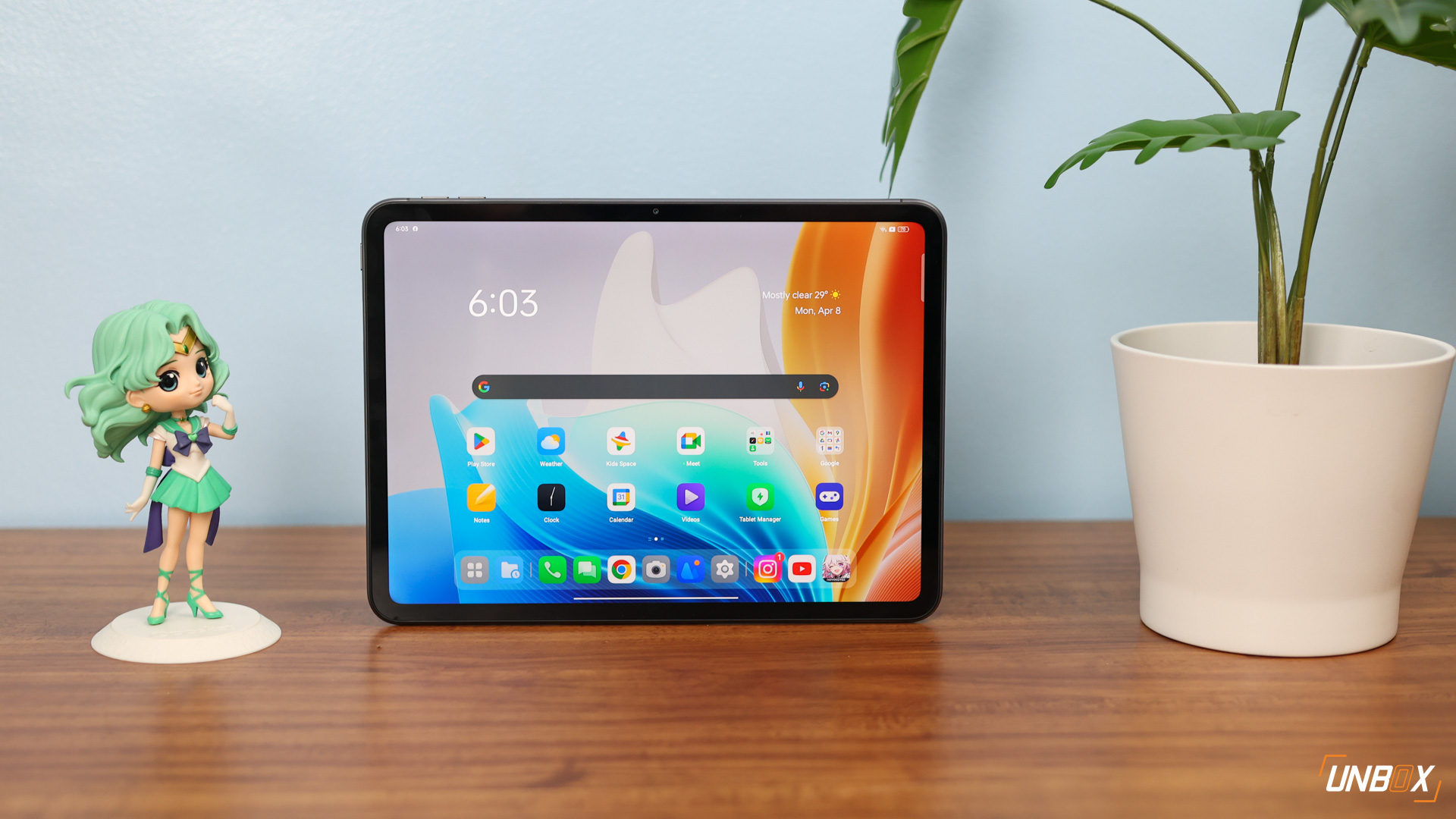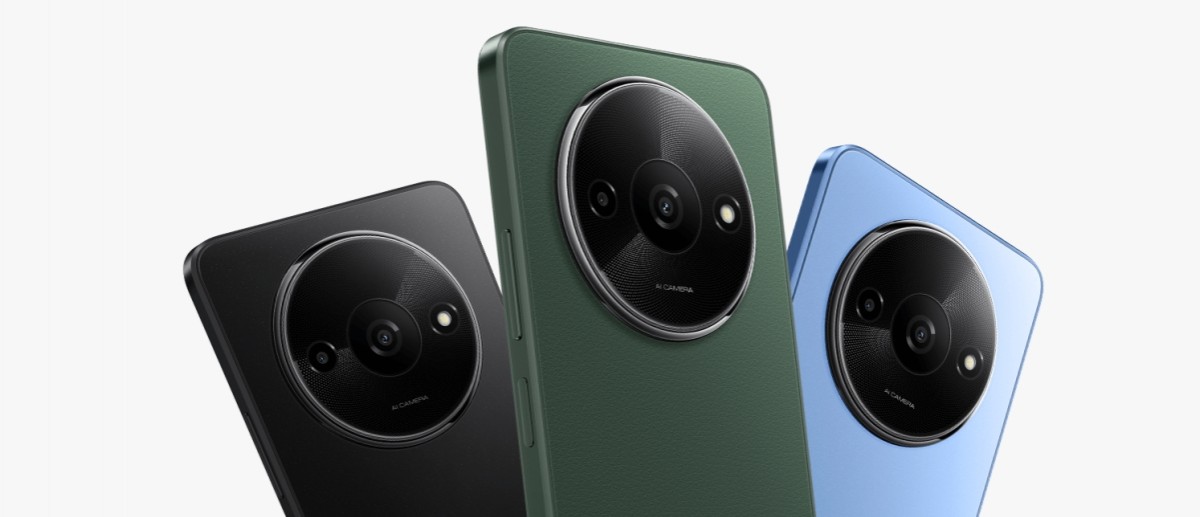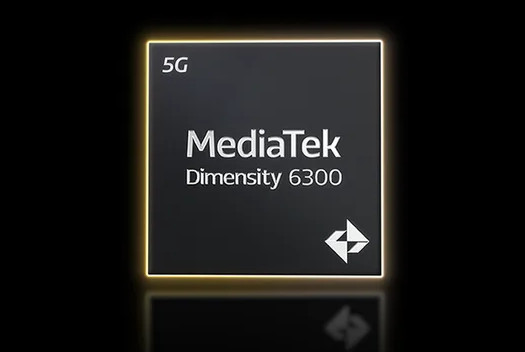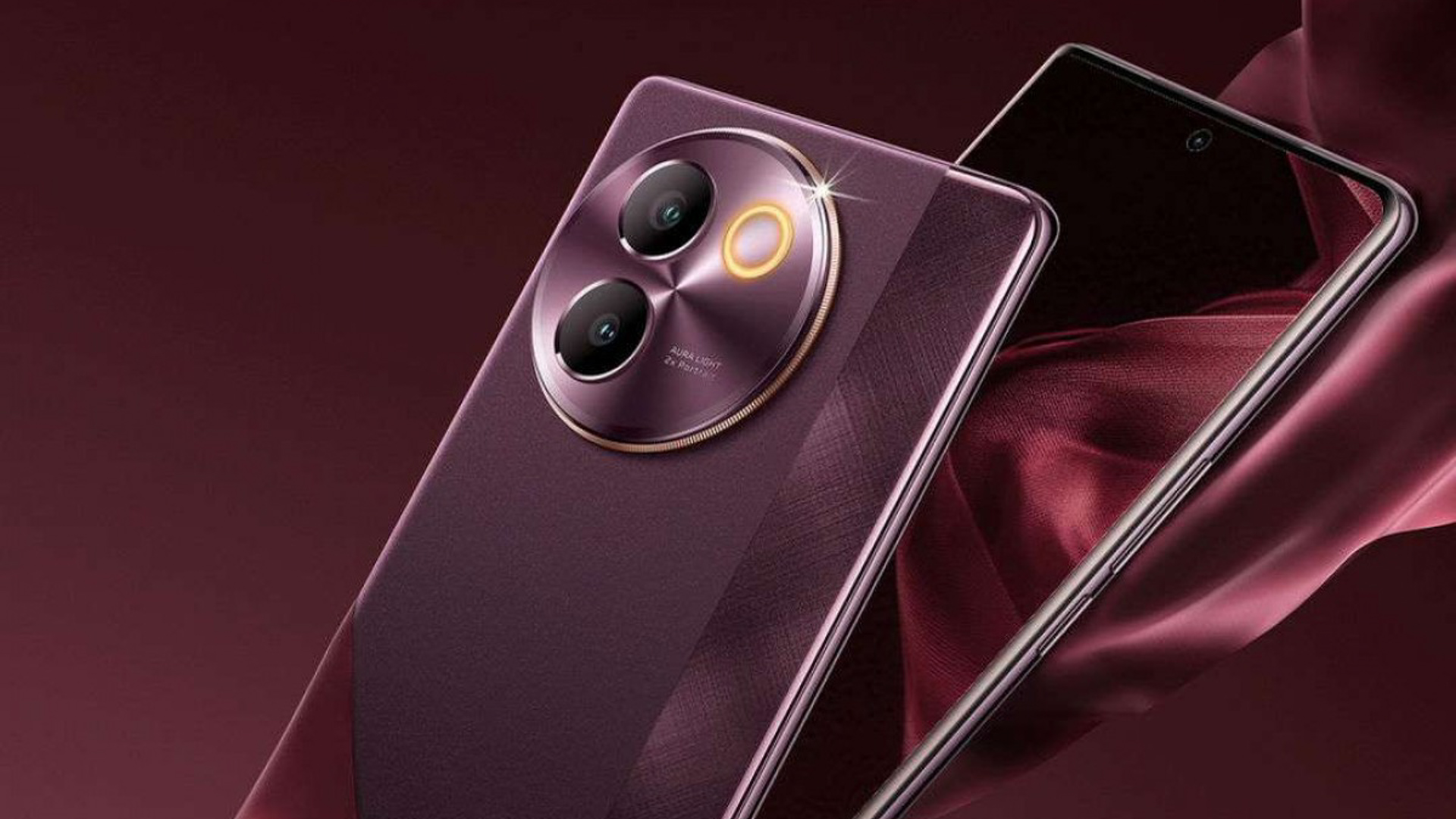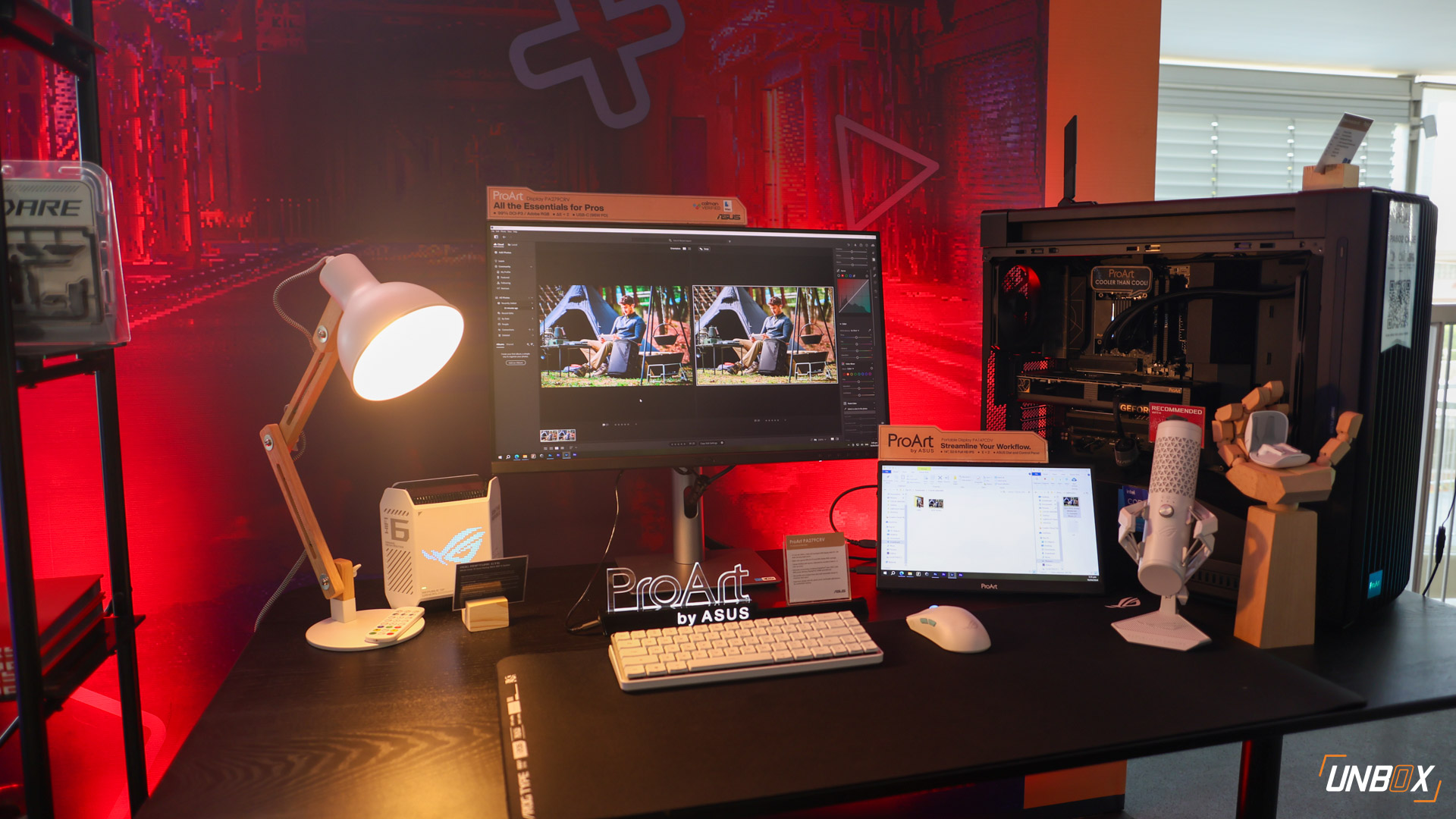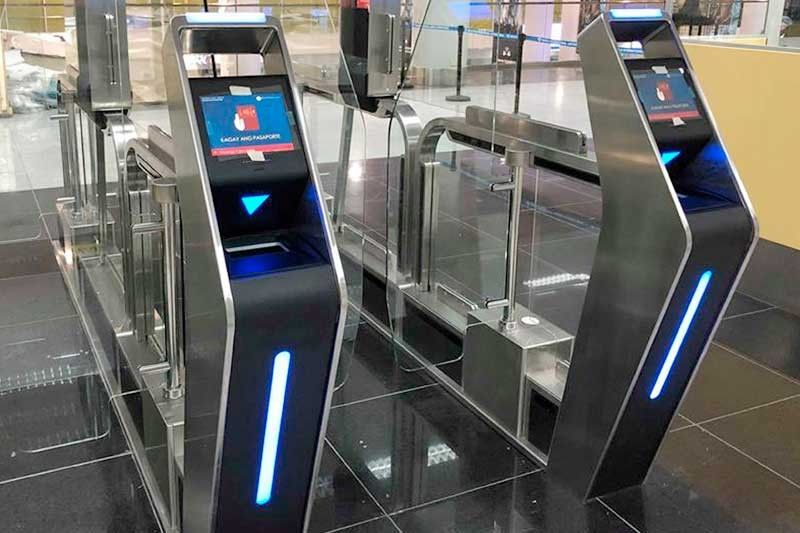 There’s one thing we can like about our own airport
There’s one thing we can like about our own airport
Every time we go back to Manila for a business trip, coverage, or vacation, we always dread the long lines at NAIA’s Immigration area. At its worst, returning passengers spend over two hours just to get cleared. Filipinos—especially OFWs—complained about this journey, as they could have used the time consumed at Immigration for traveling to their homes (that’s another story) or to be with the loved ones.
Recently, I came back from Thailand after covering Epson’s launch of its new projectors, and I was surprised when the immigration officers told us that we use the newly-installed E-gates. According to one of the officers I talked to, the E-gates became official last November 2018 (it is October 2018 according to a Philippine Star article) but only a few Filipinos are aware of it. The reasons for the low awareness is 1) not all boarding passes support NAIA’s E-gate system, and 2) not all Philippine E-passports support the system as well.
Luck was on my side as my Philippine Airlines boarding pass was read by the machine, and that I just renewed my passport last June 2018 with the latest biometrics (and the much-awaited 10-year validity). Being a first-time E-gate user, the Immigration officers were there to assist me. From the hours-long wait with the old system, the E-gates cut processing time to 30 seconds, saving you from being irritable after a long plane trip.
We could not take pictures of videos of the whole process for security reasons, but here’s how it works:
Get your boarding pass ready. Make sure you don’t throw or lose those boarding passes after entering the plane, as you will need it for the E-gates. Using the barcode found in the boarding pass, the machine does the initial verification from here and lets you scan your passport for the next step.
Bring out your passport. Using your machine-readable passport, scan the information page into the machine. This part makes sure that the information from your boarding pass matches the one found at your passport.
Go to the next station for biometrics verification. Once your boarding pass and passport is verified, you go to the next station to have your biometrics verified. Everything is automated: you start off by looking at the camera to have your photo taken, then have your fingerprint scanned with the fingerprint scanner. The computer will take a few seconds to verify both before you get an on-screen notification that you are cleared.
Get the immigration sticker at the next station. After all the verification, you proceed to the next station to get the immigration sticker that you put in your passport (it should be from page 6 onwards). From this point, you are done with Immigration processing.
As of this writing, these E-gates are available in all NAIA International Terminals. NAIA is in the process of rolling out more E-gates not just at NAIA, but in other airports as well as part of its efforts in improving airport services. This is definitely a welcome development for our international gateways, and we look forward to other improvements in the near future.






